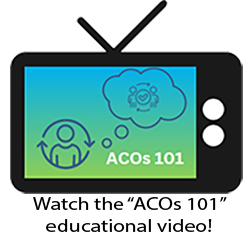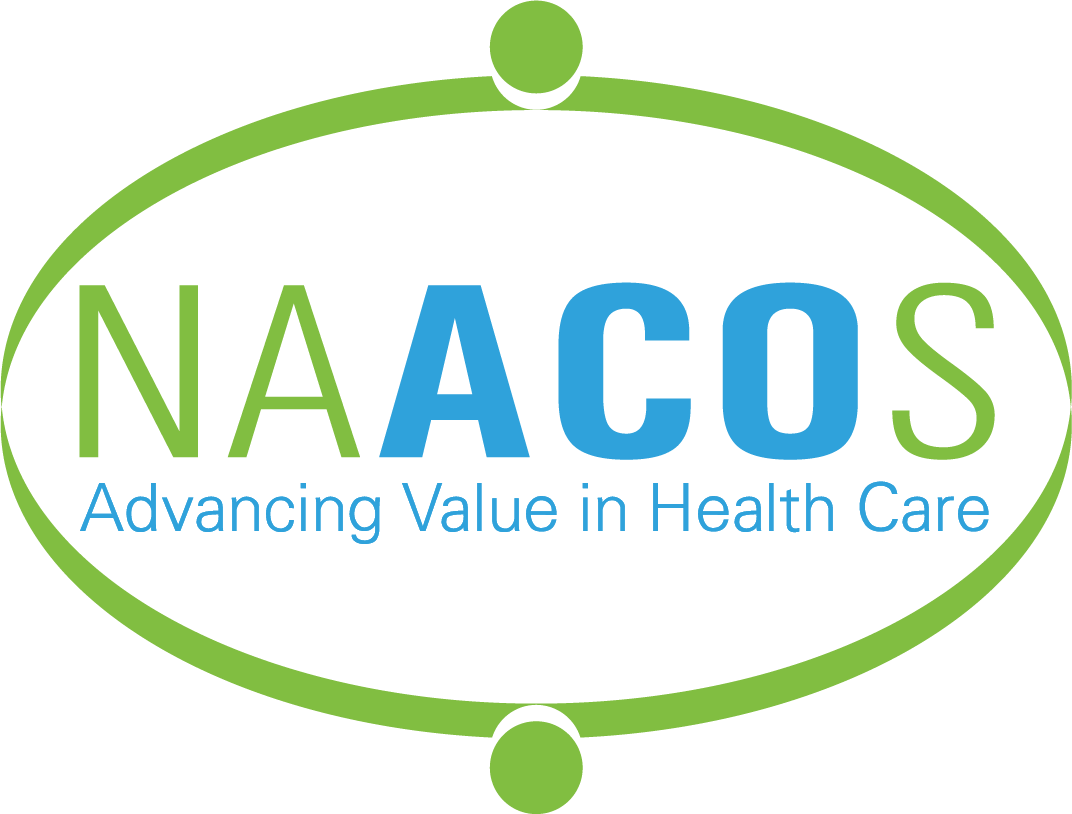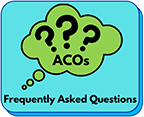All About ACOs

Accountable Care Organizations (ACOs) are groups of doctors, hospitals, and/or other health care providers that voluntarily come together to work collaboratively with the goal of providing better care at lower costs. ACO participants also agree to take on accountability for the total costs and quality of care for their patients. By taking on that accountability, providers are motivated to ensure patients have timely access to care, receive the right care in the right setting, and overall work to keep patients healthy, thereby reducing their costs and improving outcomes. ACOs that reduce the total cost of care for their patient populations can share in the savings with the payer. In certain models, they may also be liable to pay back losses if their costs exceed their spending benchmarks. If an ACO doesn’t meet quality standards, shared savings may be reduced, or the ACO may not get any savings at all. Importantly in Medicare, ACOs allow patients to maintain their choice of provider, and there are no network restrictions or use of prior authorization.
ACOs contract with one or more payers (such as Medicare, Medicaid, or commercial insurers) to take on responsibility for assigned patients. These contracts may vary between payers or specific programs but all ACOs agree to manage both the cost and quality of care for a defined patient population. ACO terminology and program elements can be confusing. This page includes helpful resources, definitions, and answers to frequently asked questions about ACOs.
Dr. Carrie Nelson, Advocate Aurora Health, shares how the ACO model enables providers to holistically care for patients and improve their quality of life.
Dr. Ashok Roy, Caravan Health (part of Signify Health), describes how the ACO model aligns incentives to eliminate barriers and ensure providers can do what’s best for their patients.
Dr. Yates Lennon, CHESS Health Solutions, explains how the ACO model helps providers connect transitions of care and support patients through their care journeys.
NAACOS Factsheets
Other NAACOS Resources
- ACO Drivers for Success
- ACO Beneficiary Representative Board Orientation Video
- Reimagining Beneficiary Engagement in Accountable Care Models
- Survey Results: ACO Patient Engagement Strategies
- Recruiting & Engaging Patient Representatives: Foundations & Best Practices for ACOs
- Medicare Shared Savings Program ACOs
- CMS Innovation Center Models
- ACOs and Health Equity







